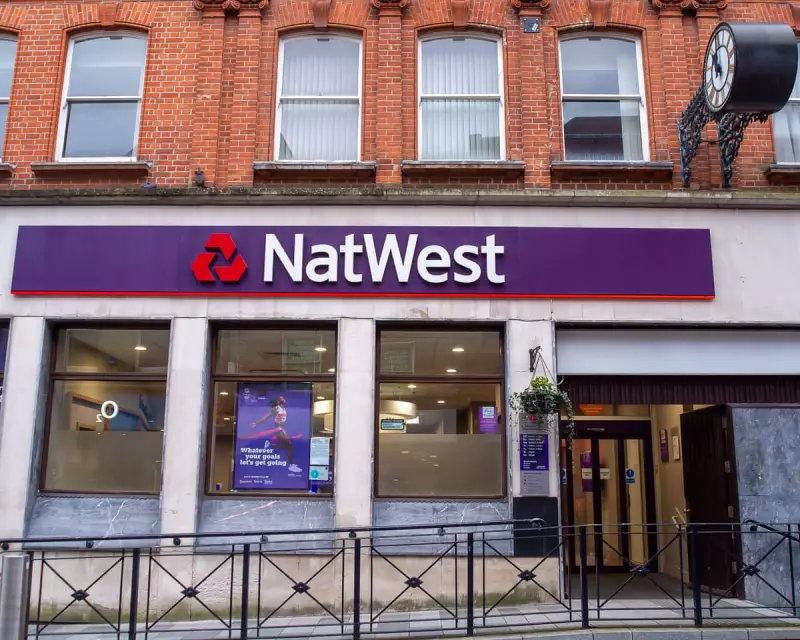
The UK government has officially ended its 16-year involvement in NatWest, selling its remaining shares and returning the bank to full private ownership. This move marks a significant milestone in the post-financial crisis era, where taxpayer-funded bailouts kept major banks afloat.
A Long Road to Privatisation
NatWest, formerly known as Royal Bank of Scotland (RBS), was rescued by the UK government during the 2008 financial crisis with a £45 billion bailout. At its peak, the taxpayer owned 84% of the bank. The gradual sell-off of shares has been a priority for successive governments, with the final tranche being sold to institutional investors earlier this month.
What This Means for Investors
The full privatisation presents both opportunities and challenges:
- Increased market freedom: Without government oversight, NatWest can pursue more aggressive commercial strategies
- Potential for higher returns: Private ownership often leads to greater focus on shareholder value
- Regulatory scrutiny remains: As a systemically important bank, NatWest will still face strict financial regulations
The Economic Implications
Economists suggest this move signals confidence in the UK banking sector's stability. However, some analysts warn that without government backing, NatWest may need to work harder to maintain its competitive edge against challenger banks and fintech firms.
The Treasury has confirmed that the total proceeds from the share sales have exceeded the original bailout cost, representing a small profit for taxpayers.





